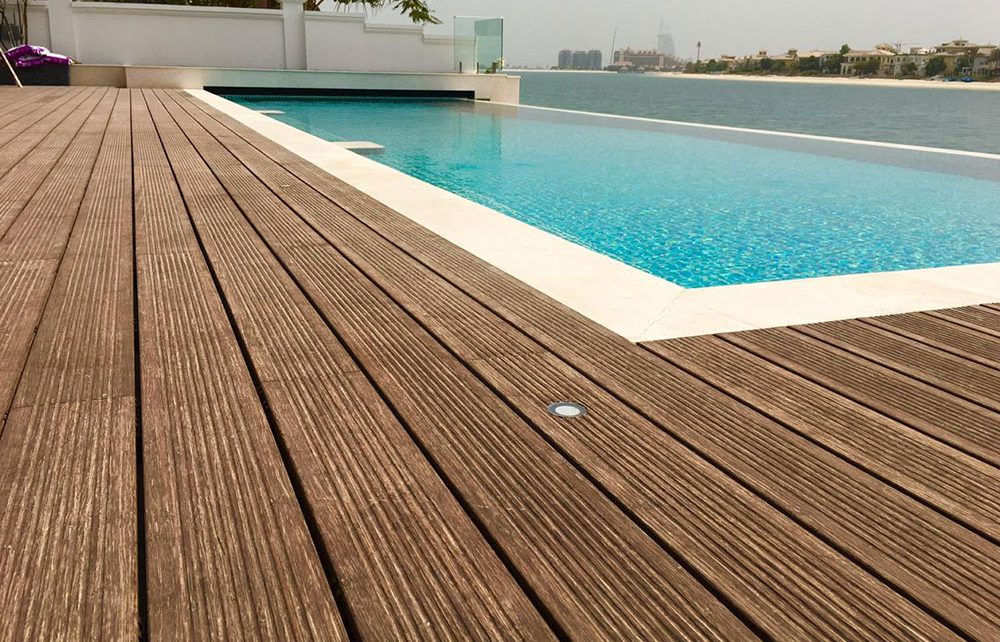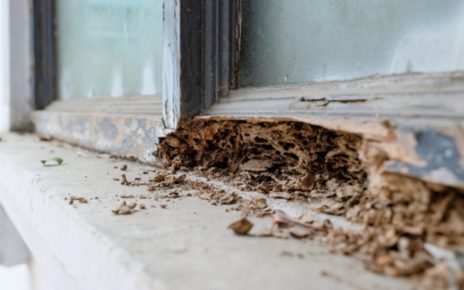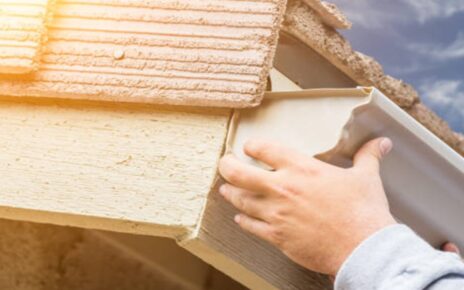While wood composite decking floor presents advantages over conventional wood decking, it comes with a list of disadvantages. To choose the best outdoor decking material for your project, you need to consider the disadvantages of wood composite decking and how it will affect you in the long and short term. At Wear Deck, we strive to provide you with all the information you need to make the smartest deck purchase.
Wood composite decking lacks strength
Wood composite decks tend to weigh more than traditional wood while providing less strength. Their lack of power leads to sagging and bending. Because composite decking cannot be used as a load-bearing or structural product, builders must use wood for the substructure and framing. You will need to buy traditional wood for posts, beams, joists, and stairs. If you choose composite decking for environmental reasons, remember that your deck will still depend on pressure-treated wood to provide sufficient support.
Hot Decking
Homeowners often complain about the temperature of their wood composite floor decks. Composite decking absorbs and retains heat, especially when exposed to direct sunlight. The slabs can take hours to cool before you can comfortably walk on them without shoes. In addition to preventing you from thoroughly enjoying your investment, burning dashboards pose a danger to children and pets. If the surface temperature drops down your list of concerns, look for the coolest material available in the lightest colors.
Expansion and contraction lead to damage
Composite decking has a high rate of expansion and contraction due to temperature fluctuations. It moves farther and more unexpectedly than traditional wood. As boards expand and contract, they can split, delaminate and peel. This movement can cause your deck to shrink, warp, twist and bend. Unsightly and often unusable, composite decking damaged from expansion and contraction will likely need to be replaced immediately.
Prone to mold
Composite decking companies label their products as “mildew resistant,” but composite decking still contains wood. Wood becomes moldy and rots when exposed to moisture. Uncoated wood composite boards do not have a protective coating, so their organic components are vulnerable to weathering. Covered wood composite panels can only be closed on three sides, allowing mold to penetrate the uncovered portion. Fully encapsulated composite dashboards offer more protection, but moisture can still penetrate the panels through holes in the leather. Mold can grow on the surface of composite decking or inside the decking once the boards get wet, especially in the shade where the boards cannot dry properly.
A better alternative to wooden composite decking
We designed Wear Deck to overcome the disadvantages of composite decking so your project lasts for generations to come. Our fully synthetic structural decking boasts more than twice the strength of composite decking and can be used for substructure. Each board comes with our heat-reflecting technology and our two barefoot colors stay cool enough for bare feet in extreme heat. Wear Deck experiences virtually no expansion and contraction, so you never have to worry about warping or shrinking. Unlike composite decking, our boards contain no organic additives that promote mold and can be completely submerged under water.





